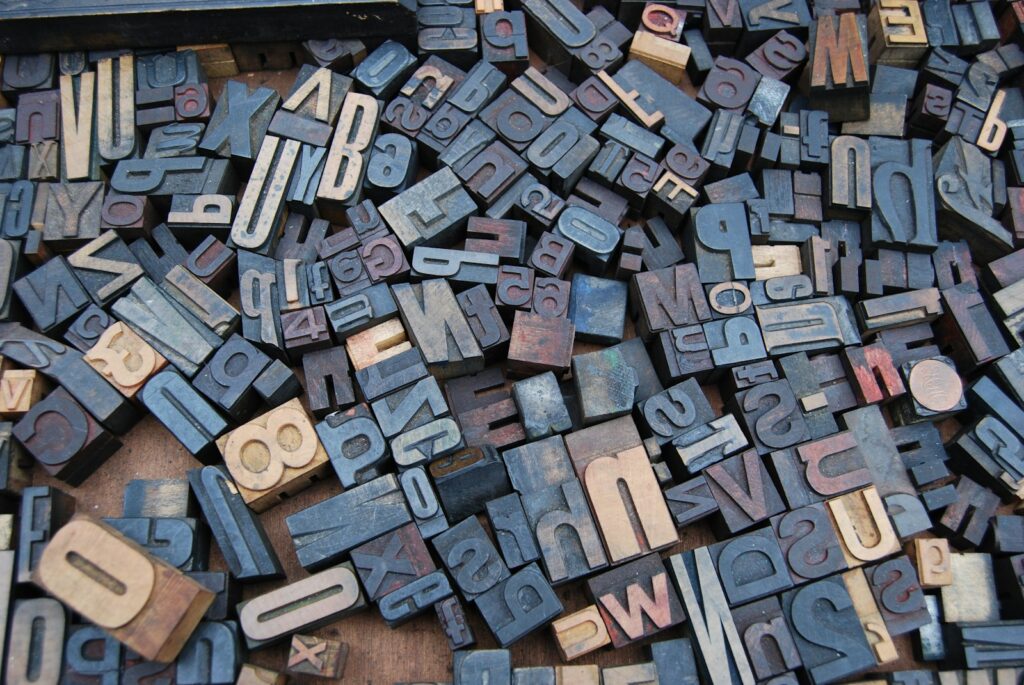
The English language, with its rich history and nuanced expressions, often presents fascinating challenges, even for native speakers. Among the most common sources of confusion are the words “worse” and “worst.” These two terms, sharing a similar sound and appearance, are frequently interchanged, leading to grammatical inaccuracies and potential miscommunication. Understanding their distinct roles is not just a matter of strict adherence to rules, but a fundamental step towards precise and effective communication, particularly when conveying degrees of negativity.
This guide is meticulously crafted to demystify “worse” and “worst,” providing a clear, direct, and thoroughly researched explanation that empowers readers to use these words with unwavering confidence. We will break down their grammatical functions, explore their origins, and clarify their application in various contexts, from everyday conversations to formal writing. By understanding the core distinctions and common pitfalls, you can enhance your linguistic precision and avoid the grammatical errors that often plague these tricky terms.
Our objective is to equip you with practical knowledge, transforming potential confusion into clarity. Whether you are aiming to refine your writing, improve your verbal communication, or simply seek to solidify your understanding of English grammar, this comprehensive breakdown will serve as your essential reference. Let us embark on this journey to master “worse” and “worst,” ensuring your messages are always conveyed with the intended impact and accuracy.
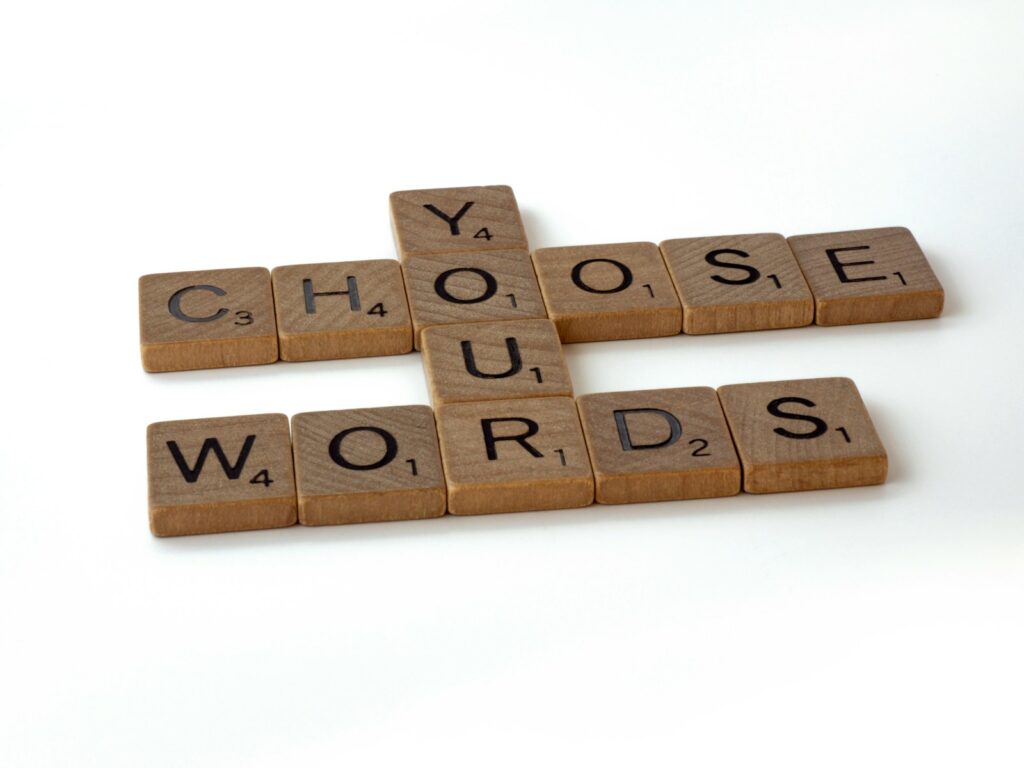
1. **The Core Distinction: Worse vs. Worst as Forms of ‘Bad’**At the heart of the confusion between “worse” and “worst” lies their relationship to the foundational adjective “bad.” Both “worse” and “worst” are, in essence, different forms of “bad,” signifying varying degrees of negativity. Recognizing this genetic link is the crucial first step toward understanding their proper application in sentence construction and meaning. They act as the comparative and superlative extensions of “bad,” allowing us to express increasing levels of inadequacy, inferiority, or undesirability.
The key differentiator is that “worse” functions as the comparative form, while “worst” serves as the superlative. In simple terms, “worse” means “more bad.” It is employed when a comparison is being drawn between only two entities, situations, or ideas. Consider a scenario where two things are undesirable; one might be “bad,” but the other is “worse,” indicating a greater degree of undesirability. This direct, one-to-one comparison is the primary domain of “worse.”
Conversely, “worst” means “most bad.” Its use is reserved for situations involving three or more items in a comparison, or when one is stating that something is the most extreme out of every possible option. When an item or situation stands at the absolute bottom of a spectrum of quality or desirability, “worst” is the appropriate term. For instance, if you have multiple options, and one significantly outperforms the others in terms of negativity, it is designated as “the worst.” This distinction, though subtle, is paramount for accurate expression.
To illustrate this difference, consider the examples provided in the context: “Your breath is bad, but mine is worse” clearly compares two breaths. Meanwhile, “Yours is bad, mine is worse, but his is the worst” extends the comparison to three entities, precisely aligning with the rule for using the superlative form. Similarly, “That was the worst meal I’ve ever eaten” asserts an ultimate degree of badness, comparing that meal to all meals ever consumed by the speaker. These distinctions highlight the crucial role of quantity in comparison.
Read more about: Ever Mix Up ‘Worse’ and ‘Worst’? Here’s The Ultimate, No-Sweat Guide to Finally Get Them Right!

2. **Understanding Comparative Adjectives**To fully grasp the function of “worse,” it is essential to understand the broader category of comparative adjectives. A comparative adjective is a specific type of adjective used to compare two nouns or pronouns, illustrating which one possesses a greater or lesser degree of a particular quality. They serve to establish a relationship of difference, indicating that one item is ‘more’ of something than another. This grammatical tool is fundamental for drawing direct contrasts in English.
In most instances, the formation of a comparative adjective follows a straightforward pattern. For shorter adjectives, the comparative form is typically created by adding the suffix “-er” to the end of the word. For example, “fast” becomes “faster,” “smart” transforms into “smarter,” and “big” is rendered as “bigger.” This simple addition signals a higher degree of the quality described by the adjective, facilitating a clear and concise comparison between two subjects.
For longer adjectives, or those with more than two syllables, the comparative form is generally constructed by placing the word “more” or “less” before the adjective itself. This method avoids awkward-sounding constructions that might arise from adding “-er” to longer words. For instance, “impressive” becomes “more impressive,” and “powerful” becomes “less powerful.” Both methods achieve the same goal: expressing a differential degree of a characteristic when comparing two distinct items.
The context provides a clear example: “My brother is bad at basketball, but honestly I’m worse.” Here, “worse” functions as a comparative adjective, explicitly comparing the speaker’s skill level to their brother’s. This highlights how comparative adjectives, including irregular ones like “worse,” are indispensable for drawing precise distinctions between two subjects, allowing for nuanced expressions of relative quality or degree.
Read more about: Mastering ‘Worst’: Your Essential Guide to Deciphering Quality and Avoiding the Absolute Least Desirable Outcomes
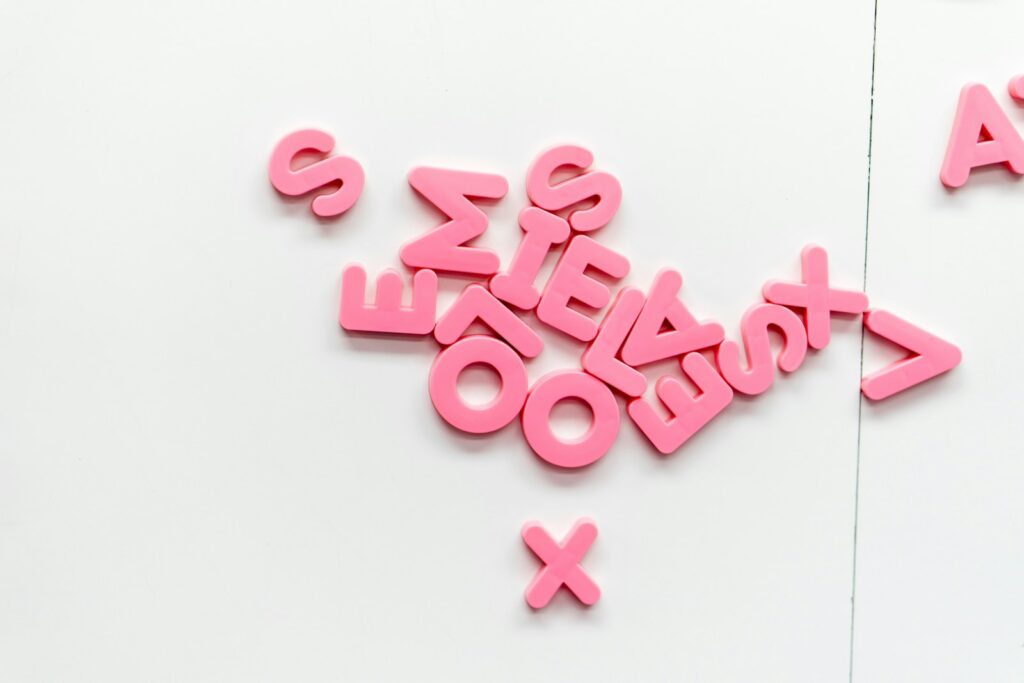
3. **Understanding Superlative Adjectives**Just as understanding comparative adjectives is vital for “worse,” comprehending superlative adjectives is paramount for mastering “worst.” A superlative adjective is used to compare more than two things, or to state that something is the absolute most extreme out of every possible option. It signifies the highest or lowest degree of a quality within a group, establishing an ultimate ranking. This grammatical form is essential for expressing extremes.
The typical formation of a superlative adjective mirrors that of comparatives, but with a different suffix or modifying word. For most adjectives, the superlative form is created by adding the suffix “-est” to the end of the word. This transforms words like “fast” into “fastest,” “smart” into “smartest,” and “big” into “biggest.” The “-est” ending universally indicates the paramount degree of the quality, establishing an item as superior or inferior to all others in its category.
Similar to comparatives, longer adjectives typically form their superlative by preceding the word with “most” or “least.” This structure is applied to adjectives such as “impressive,” which becomes “most impressive,” or “powerful,” which becomes “least powerful.” These constructions effectively convey the highest or lowest possible degree of a quality, ensuring clarity and avoiding unwieldy word forms. The use of “the” before a superlative adjective is also common to denote specificity.
The context offers a quintessential illustration: “Out of the five exams I have today, this one is going to be the worst.” This sentence unequivocally positions one exam at the absolute bottom of the difficulty spectrum among five. Another example, “That was the worst idea I have ever heard,” communicates that this idea surpasses all others in its degree of undesirability. These examples vividly demonstrate how superlative adjectives, including “worst,” are used to denote an ultimate extreme, leaving no ambiguity about its position at the pinnacle (or nadir) of a comparison.
Read more about: Mastering ‘Worst’: Your Essential Guide to Deciphering Quality and Avoiding the Absolute Least Desirable Outcomes

4. **The Irregularity of Worse and Worst**While the rules for forming comparative and superlative adjectives are generally consistent, English, like many languages, has its exceptions. “Worse” and “worst” stand out as prime examples of irregular forms. Unlike most adjectives that simply add “-er” or “-est,” or are preceded by “more” or “most,” these words undergo a complete transformation from their root word, “bad.” This irregularity is why they can be particularly challenging for learners and seasoned speakers alike.
This deviation from standard conjugation patterns is not unique to “bad.” The context highlights a parallel with “good,” which similarly transforms into “better” (comparative) and “best” (superlative). These irregular forms are remnants of older linguistic structures and are deeply ingrained in the language, necessitating memorization rather than rule-based application. Understanding this inherent irregularity is key to accepting and correctly applying “worse” and “worst” without attempting to force them into regular patterns.
Despite their irregularity, a helpful mnemonic device can be found within the words themselves. The context points out that you can “see a remnant of the superlative ending -est at the end of worst and best.” This subtle visual cue can serve as a reminder that these forms are indeed superlatives, indicating “most bad” or “most good,” respectively. Leveraging such internal clues can reinforce correct usage and aid memory recall in moments of doubt, making the irregular feel a little more intuitive.
Ultimately, the irregular nature of “worse” and “worst” underscores a broader characteristic of the English language: its capacity for both systematic rules and unpredictable exceptions. Mastering these irregular forms, therefore, becomes a testament to one’s comprehensive understanding of English nuances. By acknowledging that these words are special cases, distinct from the majority, users can approach them with the informed precision required for confident and accurate communication, avoiding the temptation to invent non-existent forms like “badder” or “baddest.”
Read more about: Mastering ‘Worst’: Your Essential Guide to Deciphering Quality and Avoiding the Absolute Least Desirable Outcomes
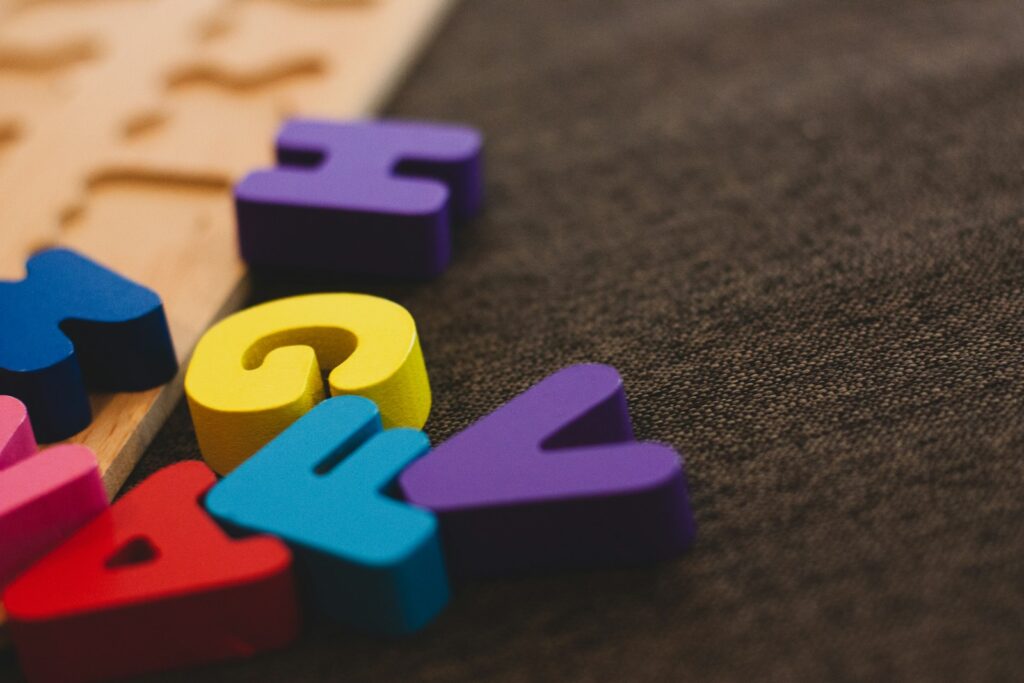
5. **The Idiom “From Bad to Worse”**Beyond their primary roles as comparative and superlative adjectives, “worse” features prominently in various idiomatic expressions that enrich the English lexicon. One particularly common and expressive idiom is “from bad to worse.” This phrase serves a very specific purpose: to describe a situation or condition that has not only started in an undesirable state but has subsequently deteriorated further, becoming even more negative than its initial poor condition. It signifies a downward spiral, a steady decline into greater adversity.
The power of this idiom lies in its concise communication of escalating negativity. It implies a progression where an already problematic situation loses any remaining semblance of stability or improvement, plunging into deeper levels of trouble. When something goes “from bad to worse,” it suggests that hope for betterment has dwindled, and the situation is now more dire than before. This phrase is frequently used to lament unfortunate turns of events, highlighting a continued deterioration.
The context provides a clear and relatable example: “My handwriting has gone from bad to worse since I graduated high school.” This sentence perfectly encapsulates the idiom’s meaning, indicating that the speaker’s handwriting, which was already poor, has only continued to decline in legibility and quality over time. It is a succinct way to describe a negative trend, often used with a touch of exasperation or resignation, reflecting the ongoing struggle or decline.
Understanding “from bad to worse” is essential for interpreting and employing descriptions of escalating problems. It is a cautionary phrase, often used to comment on developments that are far from ideal. By using this idiom correctly, speakers and writers can effectively convey a sense of deepening difficulty or worsening circumstances, providing a vivid and universally understood picture of a deteriorating state without needing lengthy explanations.
Read more about: Mastering ‘Worst’: Your Essential Guide to Deciphering Quality and Avoiding the Absolute Least Desirable Outcomes

6. **Clarifying “Worse Case” vs. “Worst-Case Scenario”**Another area ripe for confusion involves the phrases “worse case” and “worst-case scenario.” While seemingly similar, only “worst case” (specifically in the forms “in the worst case” and “worst-case scenario”) functions as a fixed idiomatic expression referring to the most dire possible outcome. The precise application of “worst” here is critical because it highlights an ultimate extreme, comparing the situation to all other conceivable possibilities.
The expressions “in the worst case” and “worst-case scenario” are used to discuss the absolute most undesirable situation that could potentially unfold. They are conceptual tools, allowing for planning or contemplation of the most severe potential difficulties. The use of “worst” explicitly conveys that no other possible outcome would be more negative or challenging. This planning for the ultimate negative is a hallmark of strategic thinking, and these phrases succinctly capture that idea.
The context illustrates this perfectly with examples such as: “In the worst case, the beams will collapse instantly.” This sentence posits the most extreme, catastrophic outcome conceivable. Similarly, “This isn’t what we expect to happen—it’s just the worst-case scenario” emphasizes that the discussed event represents the ultimate undesired possibility, against which preparations or considerations are being made. These phrases are about foreseeing the absolute nadir of potential events.
It is important to note that while the individual words “worse” and “case” can certainly appear together in a sentence, as in “Jacob had a worse case of bronchitis than Melanie did,” this pairing does not constitute a fixed idiom. In such instances, “worse” functions as a standard comparative adjective, describing a particular “case” that is more severe than another. The distinction is crucial: “worst case” denotes an idiomatic expression of ultimate negativity, while “worse case” refers to a simple comparison of severity between two specific instances.
Read more about: Mastering ‘Worst’: Your Essential Guide to Deciphering Quality and Avoiding the Absolute Least Desirable Outcomes
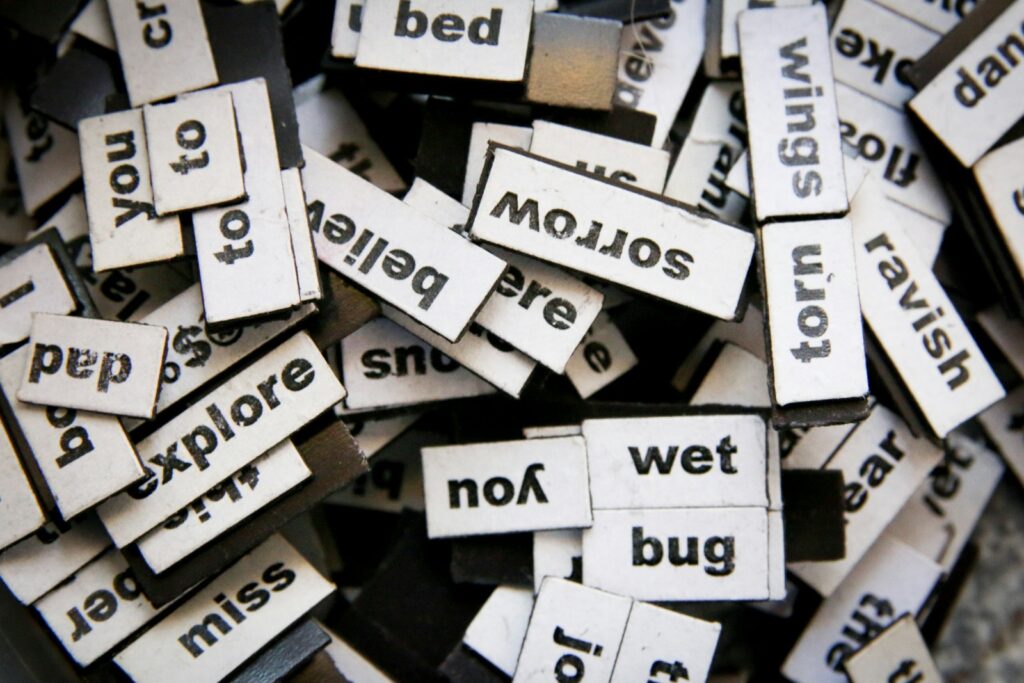
7. **Deciphering “If Worse Comes to Worst” vs. “If Worst Comes to Worst”**Among the most debated and frequently mixed-up idiomatic expressions are “if worse comes to worst” and “if worst comes to worst.” Both phrases convey the same essential meaning: “if the worst possible outcome happens.” However, despite the logical appeal of “if worse comes to worst” (implying a progression from bad to worse to the worst), the context definitively states that “if worst comes to worst” is “much more commonly used (even though it arguably makes less sense).”
This linguistic quirk highlights how idioms often evolve through common usage rather than strict logical progression. The phrase essentially sets a contingency for an extreme negative event, signaling that a backup plan or alternative action will be taken should the absolute worst-case scenario materialize. It’s a pragmatic expression, acknowledging the possibility of utter failure or catastrophe while simultaneously suggesting a preparedness to adapt and respond to it.
Regardless of the version chosen, the expression is almost invariably accompanied by a proposed solution or alternative course of action, underscoring its practical function. The context provides examples that beautifully illustrate this. “If worse comes to worst and every door is locked, we’ll get in by opening a window” demonstrates a clear fallback plan. Similarly, “I’m going to try to make it to the store before the storm starts, but if worst comes to worst, I’ll at least have my umbrella with me” outlines a precautionary measure for an undesirable turn of events.
Understanding these variations and their common usage is a testament to mastering idiomatic English. While “if worst comes to worst” might defy simple grammatical logic, its prevalence makes it the de facto standard. Recognizing this allows for fluent and natural communication. Ultimately, both forms are understood to mean planning for the most severe possible eventuality, offering a verbal safety net for life’s unpredictable challenges.
Having established the foundational differences between ‘worse’ and ‘worst’ and their roles as comparative and superlative adjectives, our exploration now delves deeper. This section meticulously unpacks the multifaceted applications of ‘worst’ beyond simple comparison, examining its distinct grammatical functions as an adjective, noun, adverb, and even a verb. Furthermore, we will uncover additional key idioms that feature ‘worst’ and provide a comprehensive understanding of its linguistic lineage by examining the root words ‘bad,’ ‘badly,’ and ‘ill,’ ensuring a complete mastery of their nuanced usage. This thorough analysis aims to equip readers with the precise knowledge needed to navigate these terms with absolute confidence in any communicative context.
Read more about: Mastering ‘Worst’: Your Essential Guide to Deciphering Quality and Avoiding the Absolute Least Desirable Outcomes
8. **The Multifaceted Role of ‘Worst’ as an Adjective**At its core, ‘worst’ primarily functions as a superlative adjective, indicating the absolute lowest quality, performance, or desirability within a defined group. It is the definitive marker of extreme negativity, signaling that a particular noun possesses a characteristic to a degree unsurpassed by any other in its category. This critical descriptive role makes ‘worst’ an indispensable tool for expressing ultimate judgments or rankings.
Structurally, when ‘worst’ operates as an adjective, it typically precedes the noun it modifies, providing a direct and unequivocal assessment. It is almost always accompanied by the definite article ‘the,’ which serves to underscore its superlative nature, marking the noun as the single most extreme instance. Consider the clarity in statements like, “That was the worst meal I’ve ever had” or “This is the worst traffic I’ve seen all week,” where ‘worst’ precisely qualifies the meal and traffic, respectively.
This adjective also plays a crucial role in comparative contexts, even though it denotes a superlative. When multiple entities are being evaluated, ‘worst’ effectively establishes the ultimate nadir, positioning one item as definitively inferior to all others. Examples such as, “Out of all the options, this is the worst choice” or “This year’s performance is the worst compared to the last five years” demonstrate how ‘worst’ crystallizes an ultimate negative benchmark among several possibilities, leaving no room for ambiguity regarding its position at the bottom of the scale.
Read more about: Mastering ‘Worst’: Your Essential Guide to Deciphering Quality and Avoiding the Absolute Least Desirable Outcomes
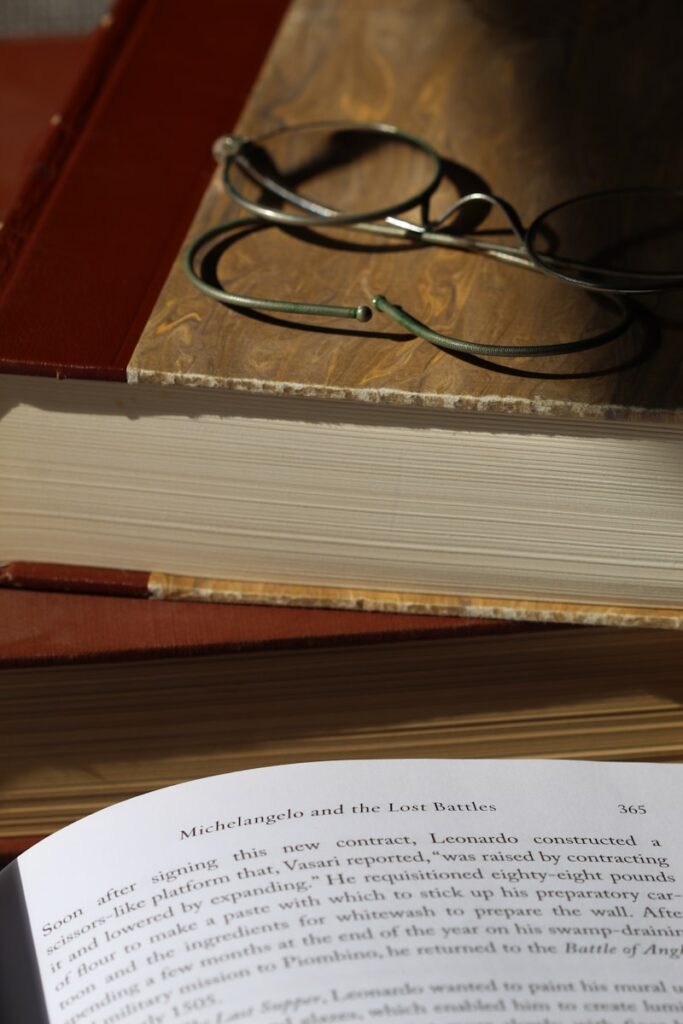
9. **’Worst’ Functioning as a Noun**Beyond its primary role as an adjective, ‘worst’ exhibits remarkable versatility by also functioning as a noun. In this capacity, ‘the worst’ typically refers to the most negative aspect, outcome, or state of affairs in a given situation. This usage abstracts the concept of ultimate negativity, allowing it to stand as a singular entity representing profound adversity or an extreme undesirable condition.
Idiomatic expressions frequently showcase ‘worst’ in its noun form, providing concise and impactful ways to articulate preparedness for or anticipation of misfortune. Phrases like “Prepare for the worst” or “The worst is yet to come” exemplify this usage, where ‘the worst’ implicitly encompasses the most severe potential circumstances without needing to explicitly state them. It serves as a potent shorthand for total catastrophe or maximal difficulty.
This nominal application of ‘worst’ often arises in contexts demanding a contemplation of extreme contingencies or the acknowledgment of a deteriorating situation. For instance, when someone states, “The worst part is that we have to start all over again,” ‘the worst’ pinpoints the most frustrating or devastating element of a complex problem. Understanding this nuanced use is essential for interpreting expressions that distill complex negative realities into a singular, powerful term.
Read more about: Mastering ‘Worst’: Your Essential Guide to Deciphering Quality and Avoiding the Absolute Least Desirable Outcomes
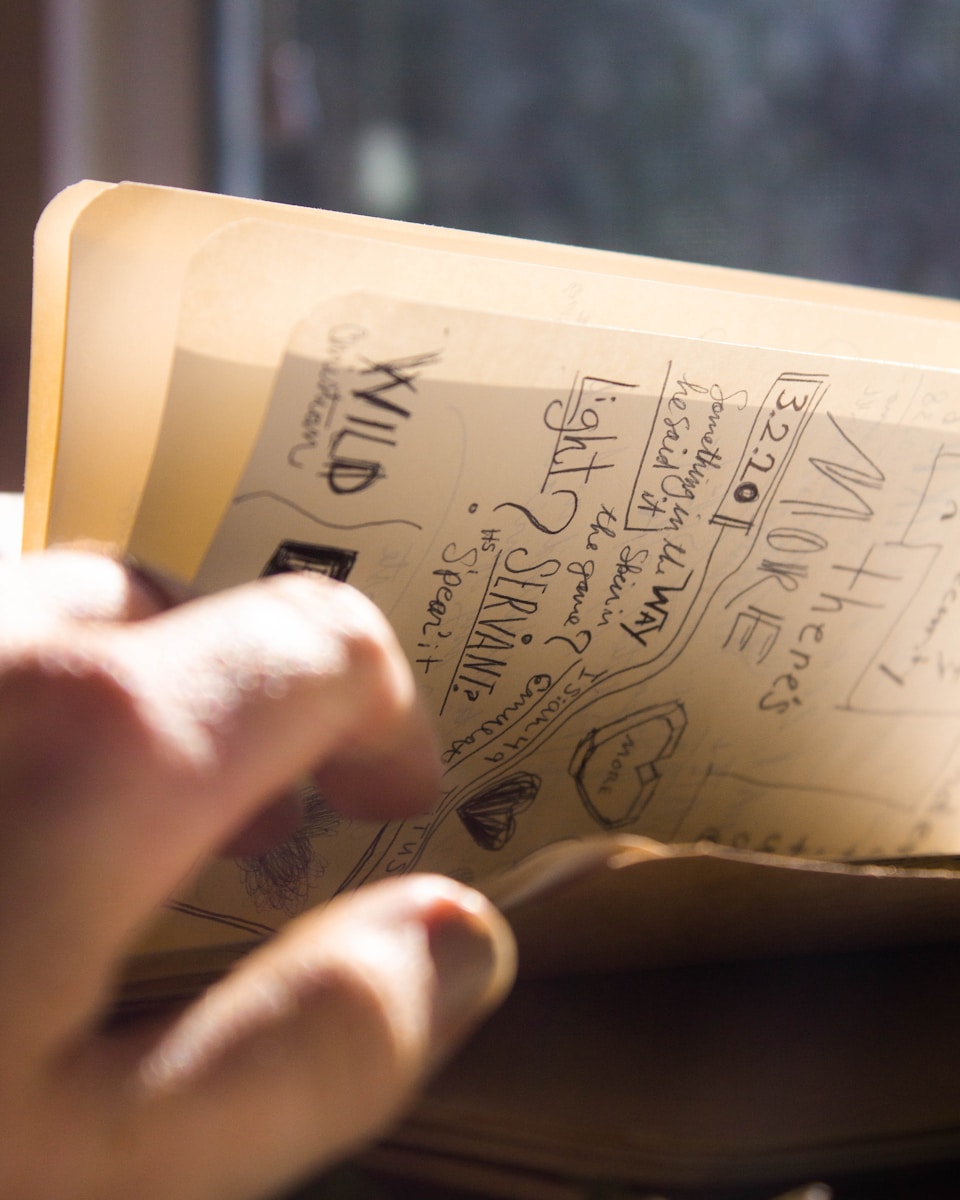
10. **The Adverbial Use of ‘Worst’**While less common than its adjectival or nominal uses, ‘worst’ can also operate as an adverb. In this role, ‘worst’ modifies verbs, adjectives, or other adverbs, indicating that an action or quality is performed or exists in the most disadvantageous, unsatisfactory, or undesirable manner or degree. This function provides a powerful way to describe the absolute lowest level of execution or state.
According to linguistic definitions, ‘worst’ as an adverb signifies ‘in the most evil, wicked, severe, or disadvantageous manner’ or ‘with the most severity, intensity, etc.; in the greatest degree.’ For instance, one might say, “Of all the candidates, she performed worst in the debate,” implying her performance was at the lowest level compared to others. Similarly, if a system is described as operating ‘worst’ under specific conditions, it means it functions with the highest degree of inefficiency or failure in those circumstances.
Distinguishing adverbial ‘worst’ from adjectival ‘worst’ is crucial for grammatical precision. The adverbial form answers the question of ‘how’ something is done or occurs, focusing on the manner or degree of an action or state, rather than describing ‘what’ something is. This subtle yet significant difference allows for a more granular and accurate expression of extreme negative performance or condition.
Read more about: Mastering ‘Worst’: Your Essential Guide to Deciphering Quality and Avoiding the Absolute Least Desirable Outcomes

11. **’Worst’ as a Verb: A Historical Application**Perhaps the most historically specific and least common application of the word is ‘worst’ as a transitive verb. While largely archaic in contemporary English, this usage offers an intriguing glimpse into the word’s etymological depth. As a verb, ‘to worst’ means ‘to defeat’ or ‘to beat,’ signifying the act of overcoming an opponent or prevailing in a contest.
Linguistic records confirm this usage, often found in older texts. An example provided is: “He worsted him easily.” This sentence illustrates a clear act of vanquishing or overcoming. In this context, the verb ‘worst’ actively describes the outcome of a competition or conflict, where one party emerges definitively superior, pushing the other into the ‘worst’ position.
It is important for learners to recognize this verbal form primarily as a point of grammatical interest and historical context rather than a regularly employed term in modern communication. While fascinating for its linguistic pedigree, active use of ‘worst’ as a verb is rare in everyday discourse, with more common verbs like ‘defeat’ or ‘overcome’ typically preferred. However, its existence underscores the remarkable flexibility of English vocabulary.
12. **Delving Into Additional Key Idioms with ‘Worst’**Beyond the frequently discussed ‘worst-case scenario’ and ‘if worst comes to worst,’ the English language is rich with other idiomatic expressions that leverage the superlative power of ‘worst.’ These phrases offer concise and impactful ways to convey specific sentiments regarding extreme negative possibilities or intense desires, enriching the communicative palette.
One such idiom is ‘at (the) worst,’ which functions to describe the most unfavorable circumstances or outcomes that could possibly arise. For instance, stating “At worst, he will be expelled from school” sets a clear boundary for the most severe consequence, indicating that no outcome more dire is anticipated. This idiom is a practical tool for scenario planning, outlining the bottom line of potential adversity.
Another distinctive idiom is ‘in the worst way,’ which, somewhat counter-intuitively, means ‘very much’ or ‘extremely.’ This phrase uses ‘worst’ not to denote negativity, but to amplify the intensity of a feeling or desire. Examples like “He needs praise in the worst way” or “She wanted a new robe for Christmas in the worst way” effectively convey an urgent or profound need. Additionally, ‘get the worst of something’ means ‘to be defeated by; lose,’ as in “to get the worst of a fight,” highlighting a decisive negative outcome in a confrontation.
These idioms collectively showcase the semantic breadth of ‘worst,’ demonstrating its capacity to articulate not just absolute inferiority but also the extremes of adverse situations and even amplified human desires. Mastering these expressions enhances one’s ability to navigate complex English communication with precision and nuance.
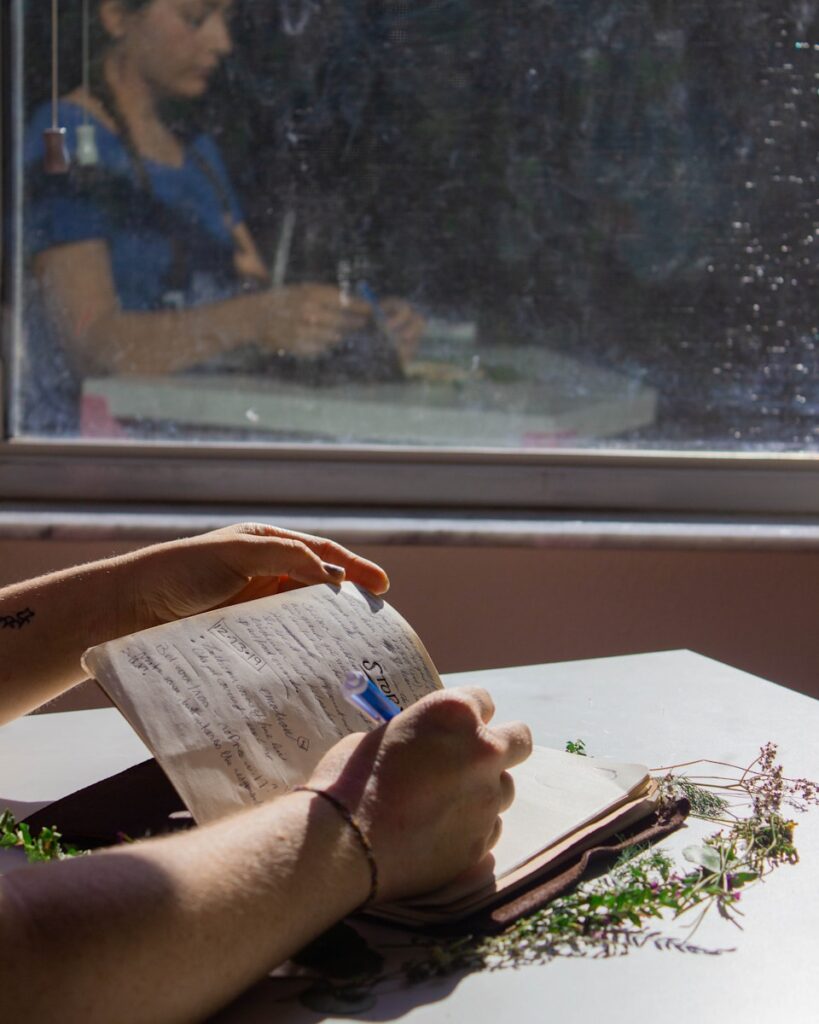
13. **Understanding the Root Word ‘Bad’**To fully appreciate the scope and precise application of ‘worse’ and ‘worst,’ it is essential to return to their fundamental origin: the adjective ‘bad.’ This foundational word serves as the linguistic bedrock, embodying a general state of undesirability, poor quality, or moral deficiency from which its comparative and superlative forms extend. Comprehending ‘bad’ in its entirety is key to mastering its derivatives.
‘Bad’ itself possesses an extensive array of meanings as an adjective, covering a vast spectrum of negative attributes. It can denote something ‘not good in any manner or degree,’ as in ‘bad traffic,’ or describe moral failing, like a ‘bad witch.’ It applies to inferior quality (‘bad roads’), disobedient behavior (‘a very bad girl’), or even physical affliction (‘suffering from sickness’). ‘Bad’ also encompasses ideas of harm (‘sugar is bad for the teeth’), decay (‘milk has gone bad’), and severity (‘a bad flood’).
Furthermore, ‘bad’ can convey regret (‘felt bad about leaving’), lack of skill (‘a bad actor’), or unfortunate circumstances (‘bad news’). In informal contexts, it can even take on a slang meaning of ‘outstandingly good’ (‘He is one bad drummer’). This wide semantic range of ‘bad’ underscores its versatility and the critical role it plays in expressing various forms of negativity or extreme conditions, laying the groundwork for the more intensified meanings of ‘worse’ and ‘worst.’
Read more about: Mastering ‘Worst’: Your Essential Guide to Deciphering Quality and Avoiding the Absolute Least Desirable Outcomes

14. **Differentiating ‘Badly’ and ‘Ill’ in the ‘Worst’ Context**Continuing our journey into the linguistic roots of ‘worst,’ we turn our attention to ‘badly’ and ‘ill’—two more words from which ‘worse’ and ‘worst’ can derive, each with distinct nuances. Understanding these terms is crucial for a complete mastery of negative comparisons, particularly when discussing manner, degree, or health.
‘Badly’ primarily functions as an adverb, signifying ‘in a bad way’ or ‘incorrectly, inadequately, or unfavorably.’ It modifies verbs, adjectives, or other adverbs, describing *how* an action is performed or the *degree* to which a quality exists. Examples include ‘speaks French badly,’ ‘a marriage that turned out badly,’ or expressing intense need, as in ‘wants the job badly.’ It can also, less formally, act as an adjective meaning ‘in ill health’ or ‘sorry,’ blurring lines that formal writing typically maintains.
Conversely, ‘ill’ is predominantly an adjective denoting a state of ‘sickness’ or ‘unwellness.’ This is a critical context where ‘worse’ and ‘worst’ directly apply as comparative and superlative forms of ‘ill.’ Beyond health, ‘ill’ as an adjective can also imply ‘hostile’ (‘ill feeling’), ‘evil’ (‘ill deeds’), or ‘unfavorable’ (‘ill fortune’). As a noun, ‘ill’ can refer to ‘harm or injury’ or ‘misfortune,’ and as an adverb, it means ‘unsatisfactorily’ or ‘with difficulty’ (‘an expense we can ill afford’). These various forms of ‘ill’ provide specific avenues through which ‘worse’ and ‘worst’ can express heightened states of sickness or other misfortunes.
Mastering the interconnectedness of ‘bad,’ ‘badly,’ and ‘ill’ with ‘worse’ and ‘worst’ empowers users to select the most precise and impactful word for any given scenario. This comprehensive understanding ensures that communication remains clear, accurate, and powerful, especially when articulating degrees of negativity or challenging circumstances. These words, while seemingly simple, are cornerstones of descriptive English, and their correct application elevates both written and verbal expression.
Read more about: Navigating the Grammar Highway: Avoiding the Worst Mistakes with ‘Worse’ and ‘Worst’
Our extensive exploration into ‘worse’ and ‘worst’ reveals that these seemingly small words wield immense power in the English language. From their fundamental roles as comparative and superlative forms of ‘bad’ to their varied functions as adjectives, nouns, adverbs, and even archaic verbs, their precise application is paramount for clarity. By understanding their irregular nature, clarifying common idioms, and appreciating their interconnectedness with root words like ‘bad,’ ‘badly,’ and ‘ill,’ speakers and writers can navigate the nuances of negative comparisons with unparalleled confidence. This mastery allows for not just grammatically correct, but truly impactful and articulate communication, transforming potential confusion into assured linguistic precision.





